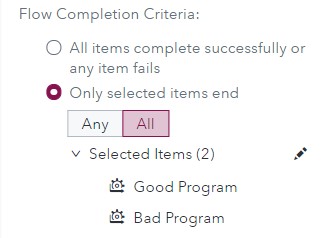
Set it and forget it. That’s how SAS Viya Jobs and Flows should work, right? Well, just like most other things in life, it’s not that simple. What if you have multiple Jobs set to run in a Flow and one fails? Do you exit the process or continue with

Set it and forget it. That’s how SAS Viya Jobs and Flows should work, right? Well, just like most other things in life, it’s not that simple. What if you have multiple Jobs set to run in a Flow and one fails? Do you exit the process or continue with

Editor’s note: This is the third article in a series by Conor Hogan, a Solutions Architect at SAS, on SAS and database and storage options on cloud technologies. This article covers the SAS offerings available to connect to and interact with the various storage options available in Microsoft Azure. Access
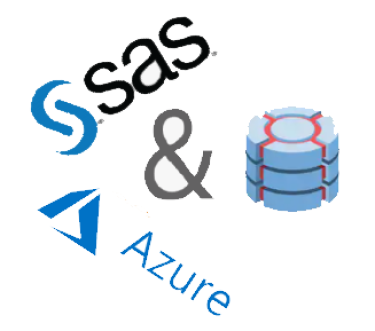
Editor’s note: This is the third article in a series by Conor Hogan, a Solutions Architect at SAS, on SAS and database and storage options on cloud technologies. This article covers the SAS offerings available to connect to and interact with the various database options available in Microsoft Azure. Access
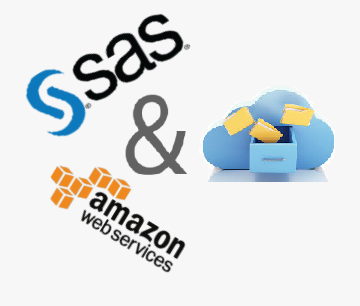
Editor’s note: This article is a continuation of the series by Conor Hogan, a Solutions Architect at SAS, on SAS and database and storage options on cloud technologies. Access all the articles in the series here. In a previous article in this series, Accessing Databases in the Cloud – SAS
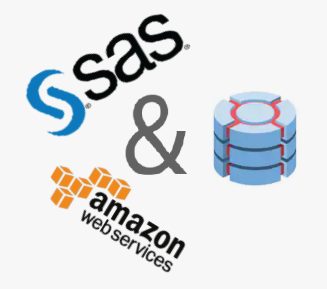
Editor’s note: This is the first article in a series by Conor Hogan, a Solutions Architect at SAS, on SAS and database and storage options on cloud technologies. This article covers the SAS offerings available to connect to and interact with the various database options available in Amazon Web Services.
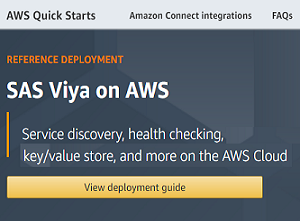
As a data scientist, did you ever come to the point where you felt the need for an evolved analytics platform bringing together the disparate skills of open source and commercial software? A system that can enable advanced analytic capabilities. This is now possible and easy to implement. With many
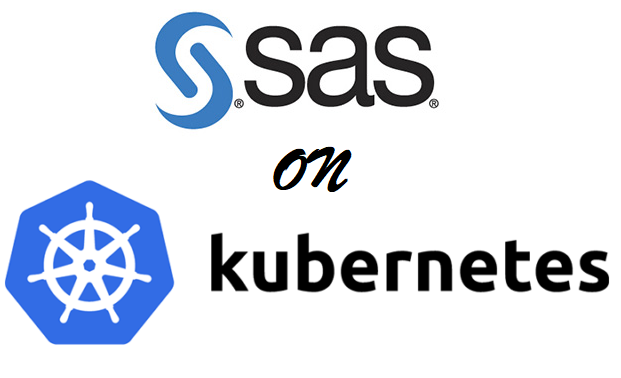
This article is a follow-on to a recent post from Jeff Owens, Getting started with SAS Containers. In that post, Jeff discussed building and running a single container for a SAS Viya runtime/IDE. Today we will go through how to build and run the full SAS Viya stack - visual
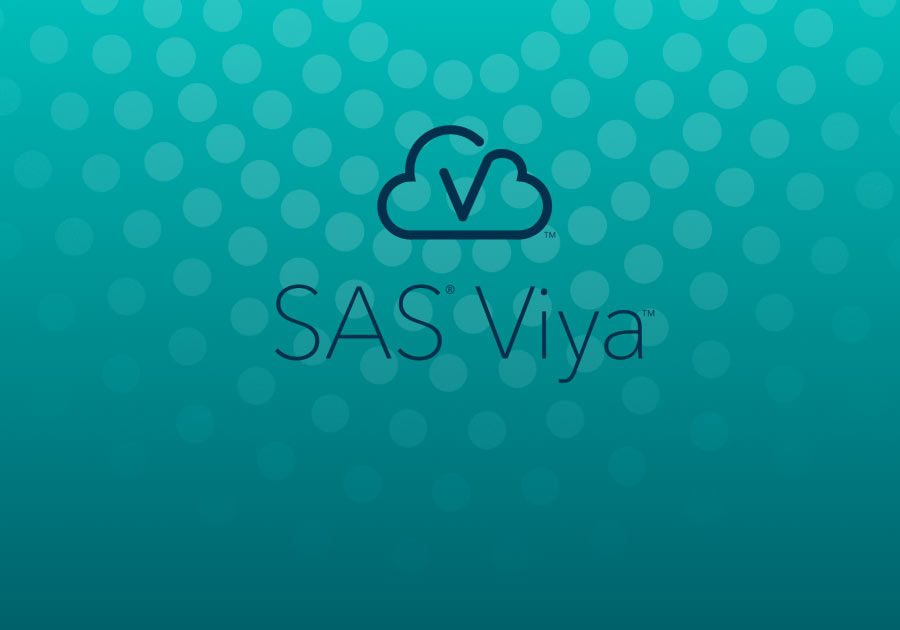
As data volumes continue to surge (with no signs of slowing down), the cost to handle all that data can have a very real impact on IT budgets. But for all the talk of the growing value of data, the cost side of the equation is often overlooked. After all,

As of December 2018, any customer with a valid SAS Viya order is able to package and deploy their SAS Viya software in Docker containers. SAS has provided a fully documented and supported project (or “recipe”) for easily building these containers. So how can you start? You can simply stop

Learn about the new feature of SAS Viya 3.3 that enables Kerberos delegation throughout the environment. It allows you to have end-user sessions in SAS Cloud Analytics Services that are able to use Kerberos to connect to Secured Hadoop.
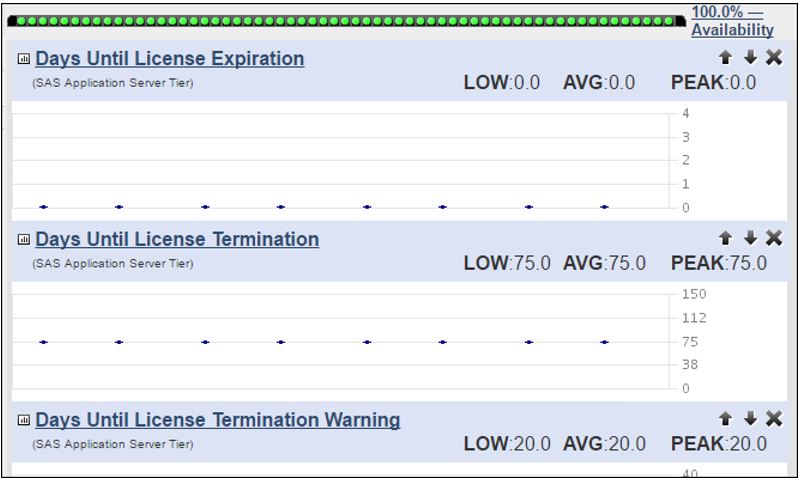
One of the jobs of SAS Administrators is keeping the SAS license current. In the past, all you needed to do was update the license for Foundation SAS and you were done. This task can be performed by selecting the Renew SAS Software option in the SAS Deployment Manager. More recently,

In a couple of my previous blogs I discussed how to audit who made changes to data in a SAS environment. In the last couple of weeks I have been asked how to do the same thing for SAS Visual Analytics reports and explorations. The Visual Analytics administrator overview report

Everyone who codes with SAS knows what the SASWORK directory space is, and everyone who has ever managed a medium-large installation knows that you need to monitor this space to avoid a huge buildup of worthless disk usage. One of the most common snarls happens when large SAS jobs go

SAS 9.4 M3 released in July 2015 with some interesting new features and functionality for platform SAS administrators. In this blog I will review at a very high level the major new features. For details you can see the SAS 9.4 System Administration guide. SAS 9.4 M3 includes a new release
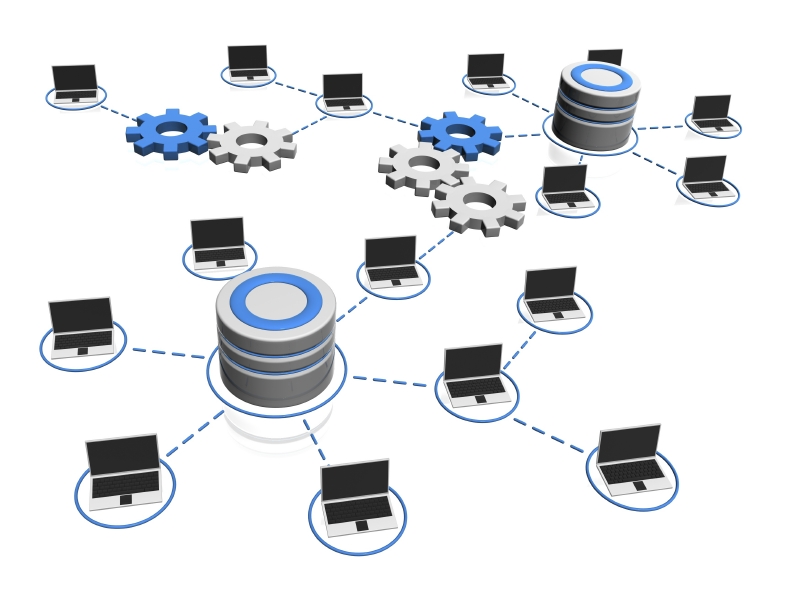
One of the great things that the new Data Mart will do for you is combine data from all the machines found in a multi-machine deployment into one storage area, where it is used to create many of the reports found in the Report Center. This capability began with the 14w41
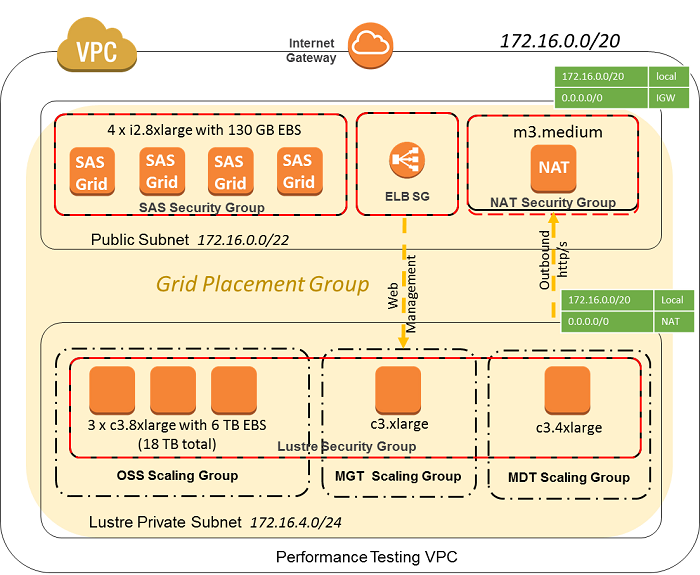
SAS recently performed testing using the Intel Cloud Edition for Lustre* Software - Global Support (HVM) available on AWS marketplace to determine how well a standard workload mix using SAS Grid Manager performs on AWS. Our testing demonstrates that with the right design choices you can run demanding compute and
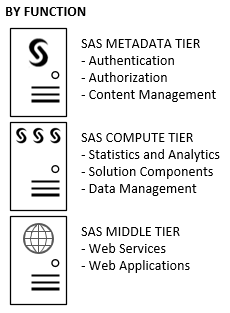
SAS System software supports a wide variety architecture and deployment possibilities. It’s wild when you think about it because you can scale the analytic power of SAS from the humblest single CPU laptop machine all the way up to hundreds-of-machines clusters. When SAS deployments involve many machines, it’s natural to

In previous posts, we’ve shared the importance of understanding the fundamentals of Kerberos authentication and how we can simplify processes by placing SAS and Hadoop in the same realm. For SAS applications to interact with a secure Hadoop environment, we must address the third key practice: Ensure Kerberos prerequisites are met

When SAS is used for analysis on large volumes of data (in the gigabytes), SAS reads and writes the data using large block sequential IO. To gain the optimal performance from the hardware when doing these IOs, we strongly suggest that you review the information below to ensure that the

"Do I really need a detailed technical architecture before I start my SAS Deployment?" My team gets asked these questions all the time: Do we really need to spend the time for the above exercise? Why can’t we just start doing the deployment of SAS and fix issues if they come
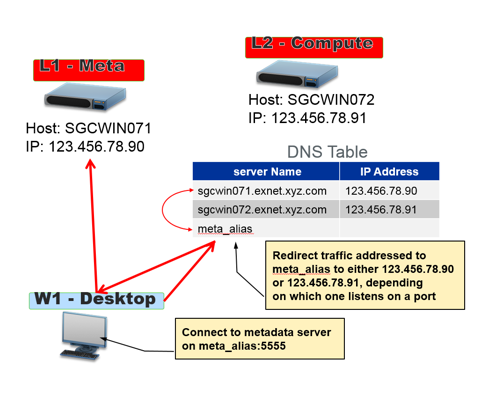
In my last post, I introduced the hardware solutions (such as a virtual IP switch or IP load balancer) that enable client applications to access services regardless of whether they are running on a primary or a failover server in a grid-enabled environment configured with high availability. In this post,
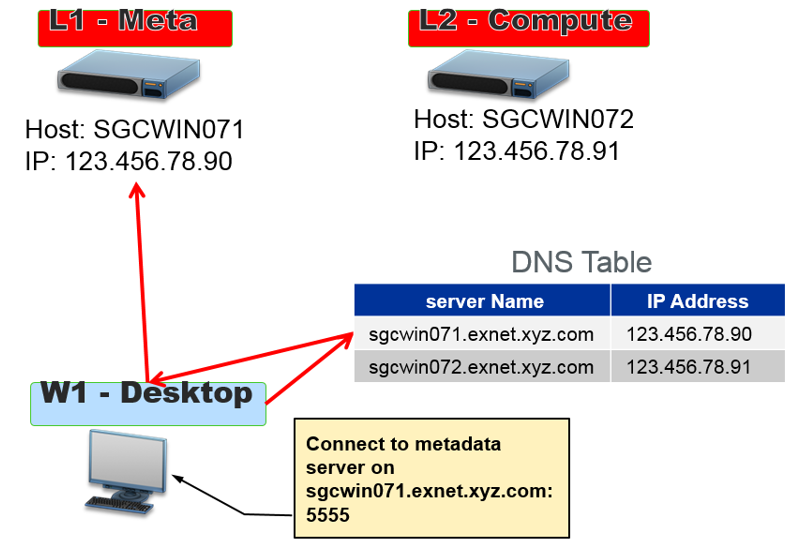
Like most SAS users and administrators, you usually don't know where your backend SAS servers are located--probably in some basement server farm or perhaps another building or even another town. But I'm sure you do know that your SAS client application must have a way to reach services running on